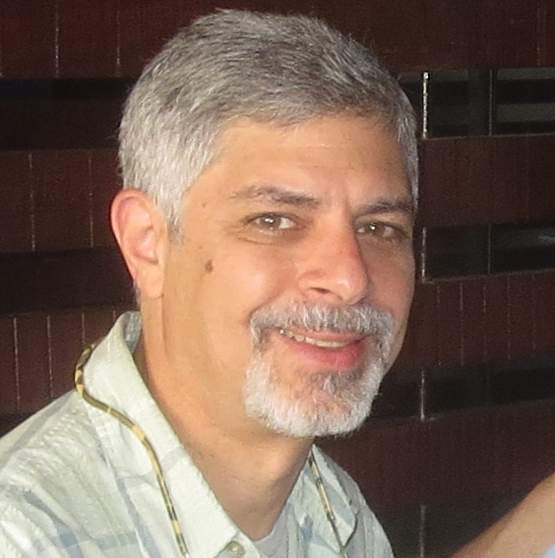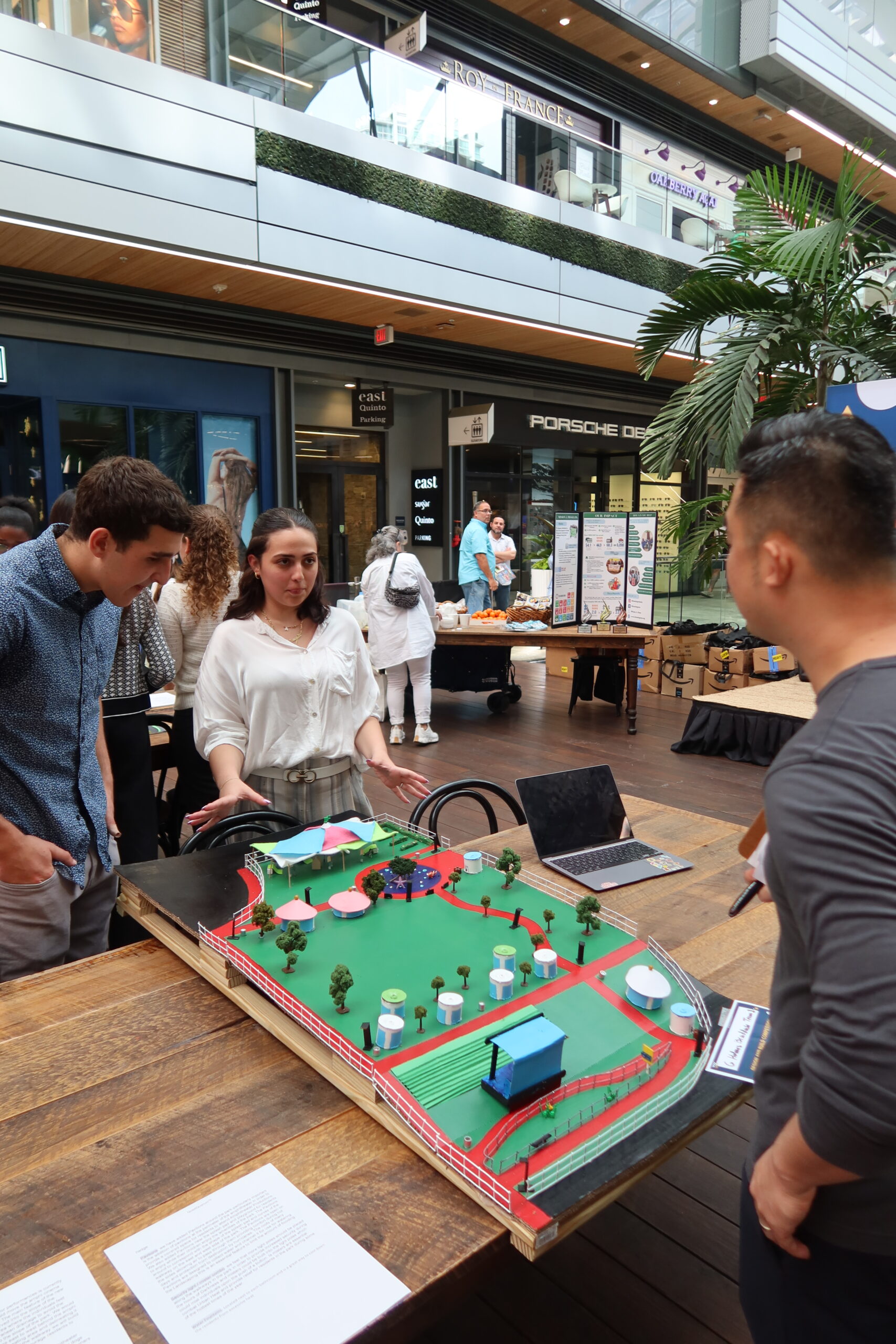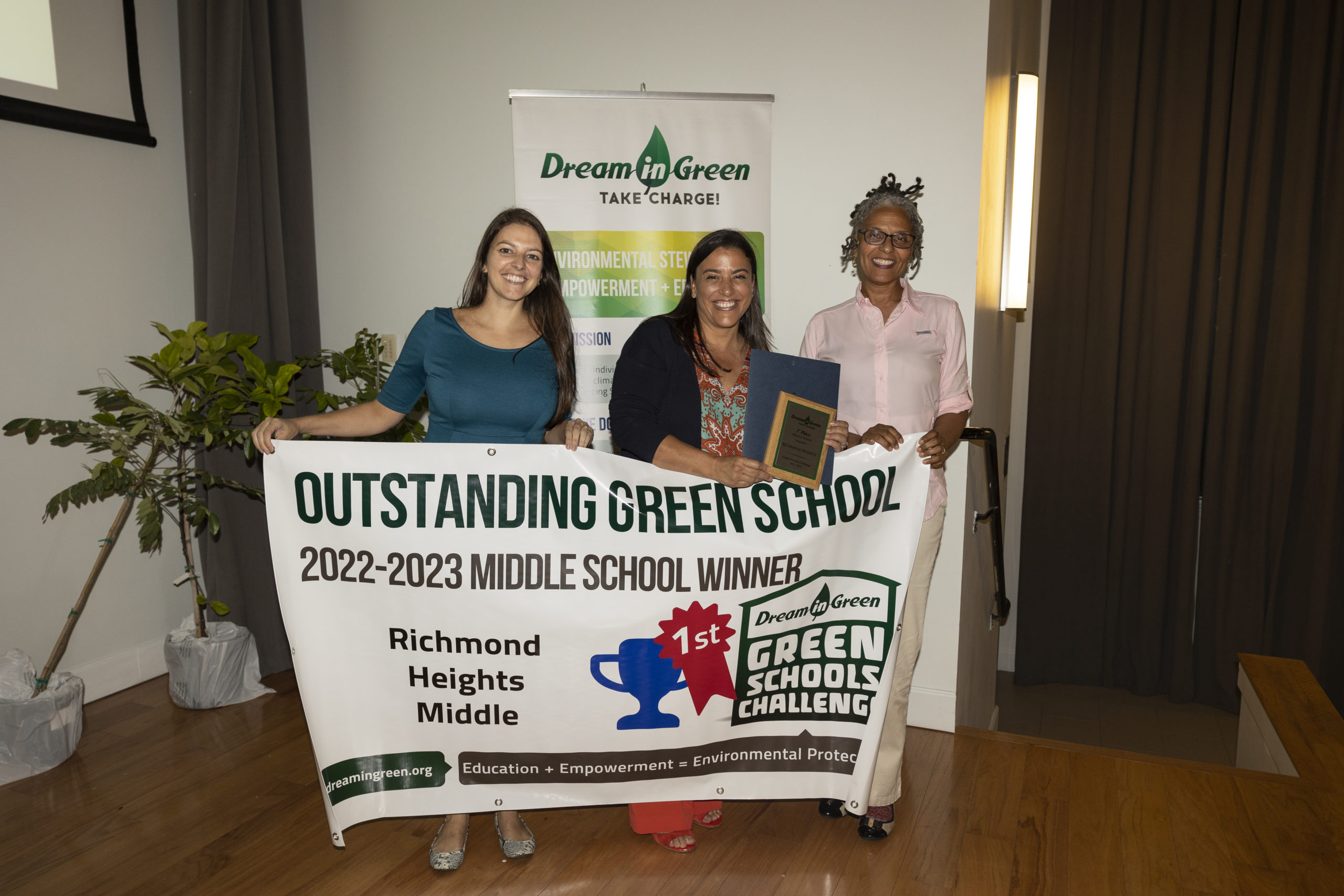“Climate change is the greatest threat facing humanity today. To avoid catastrophe, we must dramatically reduce the carbon intensity of our modern energy systems, which have set us on a collision course with our planetary boundaries.” – Robert Rubin, Co-Chairman; Council on Foreign Relations, Former Secretary of the U.S. Treasury
Reality Check: We have three choices; reduce our greenhouse emissions, adapt, and suffer. WeÂ’re going to do some of each. The question is what the mix will be. The more we reduce emissions, the less adaptation will be required, and the less suffering there will be.
Many people understand this. Perhaps you’re one of those good people who is greening your lifestyle as a result.  I am. Now I make more conscious, lower-impact purchasing choices. I’ve nearly given up meat and I’ve changed my light bulbs. I tote my own reusable grocery bag to the store in my Prius, unless I ride my bike. Maybe someday I’ll trade-in the hybrid for an electric vehicle and recharge it from my very own rooftop solar panels. Today I’ll just ride my bike to the metro. Ah, the plight of an environmental leader…
My personal lifestyle choices give me a sense of accomplishment. Though the changes are relatively small, theyÂ’re worthy in their own right. IÂ’m a good ecological citizen maintaining a lighter footprint on this planet than most.
But wait… Soaring carbon emissions, record temps, more severe storms, longer draughts and the rising seas we’ve all been witnessing, are all sending me a surprising message: While I’ve been busy ‘saving the planet,’ multinational oil companies are extracting and burning fossil fuels at increasing rates, and industry continues to treat our atmosphere like an open sewer… for free!
I realized what IÂ’ve been doing is not enough to trigger the scale of change needed to avert the worst effects of climate change. Apparently, my choice of cage free eggs wasnÂ’t sending enough of a market signal to convince energy companies to stop poking holes in the planet and chopping off mountain tops. (There is something that will, though!)
Sure, reducing, reusing, and recycling is good for my community. It solves certain problems. But itÂ’s not addressing THE BIG problem, certainly not directly. If weÂ’re going to face the climate crisis — the biggest challenge of our time — then we need to step up our game in a concerted way. We need to GO BIG.
It doesnÂ’t matter if IÂ’m a vegan living in a LEED Platinum, net-zero energy home covered with solar panels. As long as companies are allowed to poke holes in the planet and set on fire what comes out to power buildings, industry, and transportation, weÂ’re all cooked.
So hereÂ’s the problem: As long as fossil fuel extraction remains profitable and pollution is free, THE PRACTICE WILL CONTINUE, despite any of my personal lifestyle choices.
So how do we stop it? Answer: Make it more expensive. One solution that can do this efficiently is to PRICE CARBON. Surprisingly, hundreds of companies are behind this idea, including, investor groups, top economists, leading scientists and even a number of oil companies. In fact, pricing carbon is considered the ‘Holy Grail’ of climate action by a great many thought leaders. This view is held by a consensus of leading organizations and thinkers, from The World Bank and the I.M.F. to the world’s most famous climate scientist, Dr. James Hansen and Secretary George Shultz, President Reagan’s former Treasury Secretary.
Pricing carbon pollution can be done in a way that protects consumers and helps economy. ItÂ’s simple:
- Collect a fee on carbon-based fossil fuels at the point of extraction or import. Start low, increase over time.
- Rebate ALL money collected to households.
- Enact a border tax adjustment to protect American industry by leveling the playing field, discourage companies from offshoring operations (and their pollution), and encourage other countries like China to do the same – to price carbon; a crucial step for our survival.
This model is frequently referred to as a revenue-neutral carbon tax. However, itÂ’s not like any other tax. Most taxes are absorbed by the government. This one is not.
That’s why it’s called a Carbon Fee and Dividend, because the money collected is rebated to taxpayers in the form of monthly dividends. The rebate money helps insulate consumers from rising prices in goods and services that incur the fee. As all that extra money gets spent and ‘recycled’ back into the economy, it will have a huge stimulative effect. This small-government solution would create 2.8 million jobs over 20 years and benefit our economy. It would also draw-down U.S. emissions faster than any government regulations, which generally face strong opposition. (Half of our states sued the EPA to sideline the Clean Power Plan.)
The carbon fee and dividend plan is a small government, market-based solution, consistent with conservative economic principles. The social cost of pollution is accounted for and absorbed by the polluter, rather than externalized onto society.
The concept of taxing carbon is embraced in over 74 countries, 23 sub-national jurisdictions, and more than 1,000 companies who’ve adjusted their internal bookkeeping to reflect the social cost of carbon. A few of these companies include Google, Disney, Microsoft, and Shell Oil. ExxonMobil has recently begun lobbying for this. CEO Rex Tillerson explains the benefits. Tillerson dubs it: “a refundable greenhouse gas emissions fee.”
THE solution to the climate crisis is clearly pricing carbon. But this will require an act of Congress to become law. This means we need political will for a livable world.
Politicians donÂ’t create political will. They respond to it. And thatÂ’s where YOU come in. We need you.
Want to be part of THE solution? CitizensÂ’ Climate Lobby can show you how to go from being a clicktivist to a climate solutionist. CCL is 40,000 volunteer members in 340 chapters. CCL has already changed the conversation on Capitol Hill. CCLÂ’s June conference and lobby day saw 800 volunteers in over 500 meetings with Members of Congress and The Senate — the largest fly-in to Capitol Hill of any group, ever.  A film crew from the Emmy Award-winning documentary series “Years of Living Dangerously” was in Washington, DC,  to cover our activities, and their episode featuring CCL will air on the National Geographic  Channel December 7th! Following a special Sunday night premiere on Oct. 30th, the “Years” series will air Wednesday evenings at 10 p.m. In addition to introducing audiences to CCL, the series takes viewers on an in-depth exploration of climate change and the solutions people are working on throughout the world.
Learn how YOU can help… because your kids and the planet need you. Join the CCL intro call every Wednesday evening.
Greg Hamra leads the Miami Chapter of CitizensÂ’ Climate Lobby which meets on the 2nd Saturday of every month at UM. To learn about CCL MiamiÂ’s monthly meetings and more, visit: hamra.net/ccl.
Other resources:









